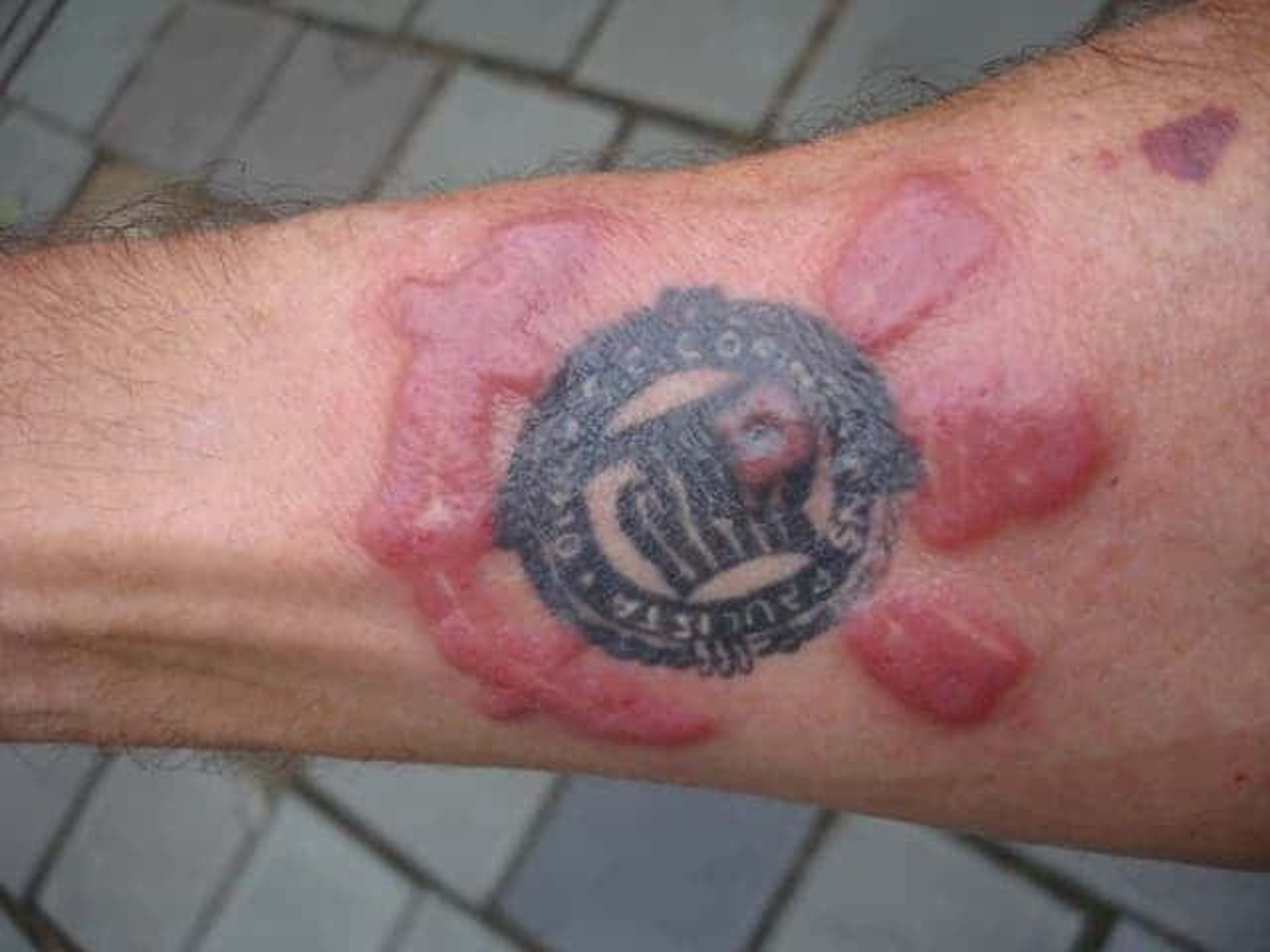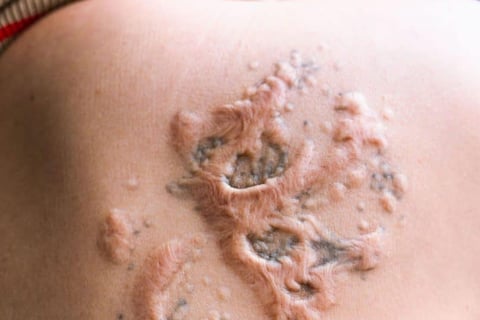"CONNECTING RESEARCH TO REALITY"

Tattoo Reactions & Safety Precautions
Tattoos can sometimes cause tattoo reactions in people who are sensitive or allergic to certain metals. These reactions may manifest as swelling, itching, or the oozing of a clear fluid called serum. Tattoos break the skin barrier, making it susceptible to infections.
BLOGS-RATHBIOTACLAN
𝐒𝐇𝐈𝐁𝐀𝐒𝐈𝐒 𝐑𝐀𝐓𝐇
1/9/20253 min read
Tattoo Reactions and Safety Precautions
Tattoos can sometimes cause allergic reactions in people who are sensitive or allergic to certain metals. These reactions may manifest as swelling, itching, or the oozing of a clear fluid called serum. Although such reactions are rare, some tattoo artists recommend performing a test patch. Allergic reactions are most commonly seen in red tattoos due to the presence of mercury and azo-chemicals in red dyes. Less frequent reactions have been observed with black, purple, and green pigments. Contaminated tattoo inks with metal allergens can cause severe reactions, sometimes years later, when the original ink is not available for testing.
Traditional metallic salts are prevalent in tattoo inks. A 3-by-5-inch tattoo may contain from 1 to 23 micrograms of lead, but there is insufficient evidence to assess whether the metallic salts are harmful at this dosage and via this method. However, there have been no reports of metal toxicity from tattoo ink as of 2005.
The day has finally come—you've contemplated the design for months, endured hours in a leather chair, and now, you have your dream tattoo. It may be tempting to daydream about showing off your new ink, but the aftercare instructions given by a trained tattoo artist are crucial and should not be ignored. Failing to follow these instructions can lead to serious consequences.
One tragic case involved a 31-year-old Texas man who died after swimming in the Gulf of Mexico just five days after getting a fresh tattoo on his calf. With the rising popularity of tattoos, it's easy to forget that they are open wounds that take weeks to heal. These open wounds are highly susceptible to infections, such as the Vibrio vulnificus bacteria, which led to the Texas man's death.
Researchers have found that when you get a tattoo, certain compounds and pigments travel within your body in both micro and nanoparticle forms. While most tattoo inks contain organic pigments and contaminants like nickel, chromium, manganese, or cobalt, the most common ingredient is carbon black, followed by titanium dioxide (TiO2). TiO2, used in sunscreens and toothpaste, can become harmful by creating oxidative stress, inflammation, and an immune response similar to an allergic reaction.
Potential Risks Associated with Tattoos
1. Skin Infections and Viral Risks: Tattoos break the skin barrier, making it susceptible to infections if proper hygiene and sterilization practices aren't followed. Viral infections like Hepatitis B and C, and bacterial infections such as staphylococcus aureus, are common risks. Serious infections like atypical tuberculosis and leprosy have also been linked to tattoos.
2. Keloid Scarring and MRI Complications: Keloid scars, characterized by raised areas of scar tissue, can develop around tattoo ink. Additionally, tattoos can cause discomfort during MRI exams and may interfere with imaging quality.
3. Skin Thinning, Scarring, and Localized Skin Diseases: Excessive tattooing over time can lead to skin thinning, ulceration, and scarring. Individuals predisposed to skin conditions like psoriasis or lichen planus may see these conditions localized to tattooed areas.
4. Potential for Skin Tumors: Benign and malignant skin tumors, such as Basal cell carcinoma and Malignant melanoma, have been associated with tattooed skin areas.
| NOTE 🗒
Before deciding on a tattoo, select a trustworthy artist and studio that adheres to stringent safety and sanitary regulations. Carefully consider the design and placement to avoid future regrets. Avoid drugs and alcohol before getting a tattoo, as they can impair judgment and increase risks. By being aware of these potential dangers and making informed decisions, you can reduce the likelihood of issues and enjoy your tattoo safely.
ADVERTISEMENTS
ADVERTISEMENTS




Redness-Infection-Tattoo
Infection-Tattoo

Can A New Tattoo Kill You? Sepsis From Infected Ink: How To Know If Your Tattoo Is Infected
credit:
Dr G Messina Aesthetic & Medicine - YOUTUBE CHANNEL
ADVERTISEMENTS
ADVERTISEMENTS
ADVERTISEMENTS
ADVERTISEMENTS

Drop Us a Line
We’d Love to Hear from You
RATHBIOTACLAN
Feel free to explore, engage, and embark on your own journey of discovery within RathBiotaClan. Together, let's make a difference in the world of Zoology_Bioscience !
